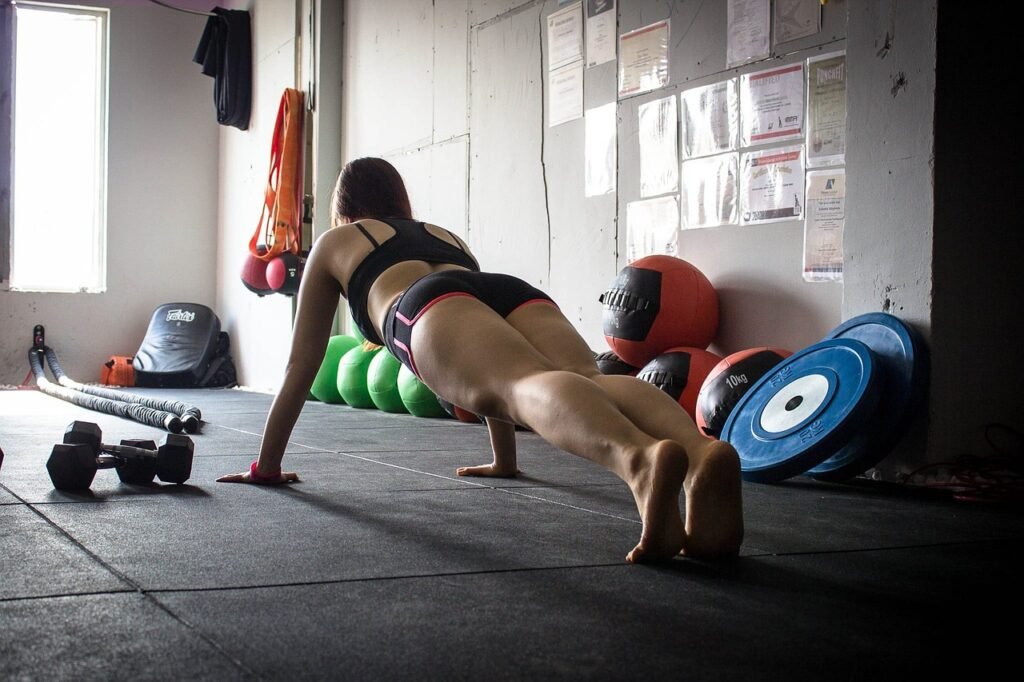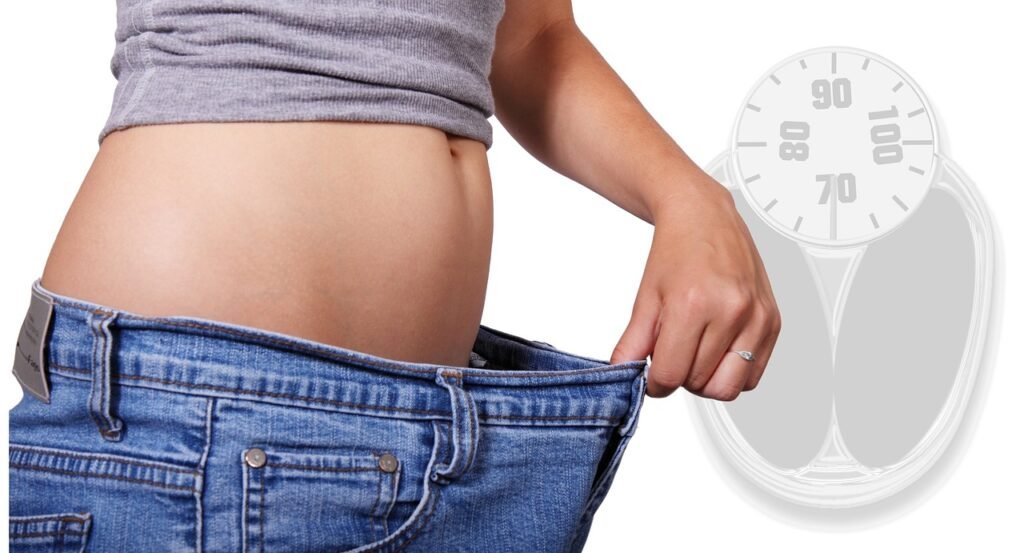
Do you find yourself struggling with low VO2 max levels despite your best efforts? If so, you’re not alone. In this article, we will uncover the surprising factors that may be standing in the way of your cardiovascular fitness goals.
From the impact of lifestyle habits to the role of genetics and the influence of training techniques, we will explore how these elements play a crucial role in determining your VO2 max levels.
By understanding these factors, you can make informed changes to optimize your performance and achieve the fitness results you desire.,
Impact of Lifestyle Habits on VO2 Max
Lifestyle habits can have a significant impact on VO2 max, the maximum amount of oxygen the body can utilize during intense exercise.
Here’s how various lifestyle factors influence VO2 max:
- Regular Exercise: Engaging in regular aerobic exercise, such as running, cycling, swimming, or brisk walking, is one of the most effective ways to improve a low VO2 max. Aerobic exercise stimulates cardiovascular adaptations, such as increased stroke volume, cardiac output, and capillary density, which enhance oxygen delivery to the muscles and improve aerobic capacity over time.
- Intensity and Duration of Exercise: The intensity and duration of exercise sessions can also affect VO2 max. High-intensity interval training (HIIT), which involves alternating between short bursts of intense exercise and periods of rest or lower-intensity activity, has been shown to be particularly effective at improving VO2 max compared to steady-state aerobic exercise.
- Consistency: Consistency in exercise habits is key to maximizing improvements in VO2 max. Regular, sustained participation in aerobic activities leads to long-term adaptations in the cardiovascular and respiratory systems, resulting in higher VO2 max levels.
- Proper Nutrition: A balanced diet that provides adequate energy and nutrients is essential for supporting exercise performance and maximizing VO2 max gains. Carbohydrates are the body’s primary source of fuel during aerobic exercise, while adequate protein intake supports muscle repair and growth. Additionally, sufficient hydration is crucial for maintaining optimal cardiovascular function during exercise.
- Healthy Body Weight: Excess body weight can negatively impact VO2 max by increasing the oxygen cost of movement. Losing weight through a combination of exercise and dietary modifications can improve aerobic capacity and lead to higher VO2 max levels, as the body becomes more efficient at transporting and utilizing oxygen.
- Avoidance of Harmful Habits: Smoking and excessive alcohol consumption can impair cardiovascular and respiratory function, ultimately reducing VO2 max. Quitting smoking and moderating alcohol intake can help improve aerobic capacity and overall health.
- Adequate Rest and Recovery: Proper rest and recovery are essential for maximizing the benefits of exercise and preventing overtraining. Giving the body time to recover between workouts allows for physiological adaptations to occur, leading to improvements in VO2 max and overall fitness.
Adopting a healthy lifestyle that includes regular aerobic exercise, proper nutrition, maintaining a healthy body weight, avoiding harmful habits, and prioritizing rest and recovery can have a positive impact on VO2 max and overall cardiovascular health.
Role of Genetics in Low VO2 Max Levels
Genetics play a significant role in determining an individual’s VO2 max levels.
While lifestyle factors such as exercise and diet can influence VO2 max, genetic factors also heavily influence its baseline level and the extent to which it can be improved through training.
Here’s how genetics impact VO2 max:
- Inherited Traits: Some individuals are born with genetic predispositions that affect their aerobic capacity. Variations in genes related to cardiovascular function, lung capacity, muscle fiber type, and oxygen transport can influence VO2 max levels. For example, certain genetic variants may result in larger heart sizes, more efficient oxygen utilization by muscles, or enhanced lung capacity, all of which can contribute to higher VO2 max.
- Muscle Fiber Composition: Muscle fibers are classified into two main types: slow-twitch (Type I) fibers and fast-twitch (Type II) fibers. Individuals with a higher proportion of slow-twitch muscle fibers tend to have higher aerobic capacities and thus potentially higher VO2 max levels, as these fibers are more suited for endurance activities.
- Oxygen Transport and Utilization: Genetic variations can influence the body’s ability to transport oxygen from the lungs to the muscles and utilize it efficiently during exercise. Genes encoding proteins involved in oxygen binding (e.g., hemoglobin), blood vessel formation, and mitochondrial function can impact VO2 max.
- Response to Training: While genetics play a role in determining baseline VO2 max levels, they also influence an individual’s response to aerobic training. Some people may experience greater improvements in VO2 max with training compared to others due to genetic factors such as muscle fiber composition, enzyme activity, and cardiovascular adaptation.
- Heritability: Studies have shown that VO2 max exhibits a moderate to high heritability, meaning that a significant portion of the variation in VO2 max among individuals can be attributed to genetic factors. However, it’s essential to note that genetics interact with environmental factors, such as exercise habits and lifestyle choices, in shaping an individual’s VO2 max.
Overall, while genetics play a crucial role in determining baseline VO2 max levels and the potential for improvement through training, lifestyle factors such as regular exercise, proper nutrition, and avoiding harmful habits can still have a substantial impact on aerobic capacity and overall health.
Influence of Training Techniques on VO2 Max

One key factor that can significantly impact an individual’s VO2 max levels is the training techniques they employ.
The type of training you engage in, whether it’s high-intensity interval training, endurance training, or a combination of both, can have a direct impact on your aerobic capacity.
For example, high-intensity interval training has been shown to effectively improve VO2 max levels by challenging your cardiovascular system and pushing your body to its limits.
On the other hand, endurance training can also enhance your aerobic capacity by improving your body’s ability to efficiently use oxygen during prolonged periods of exercise.
By incorporating a variety of training techniques into your workout routine, you can effectively boost your VO2 max levels and overall fitness performance.
Understanding the influence of different training methods on VO2 max levels sets the stage for exploring the importance of nutrition for further improving aerobic capacity.
Exercise Bike vs Treadmill: Which Is Your Fitness Ally?
Importance of Nutrition for Improving Low VO2 Max
Another important factor that plays a crucial role in improving VO2 max levels is nutrition.
Just like training techniques, the food you consume can have a significant impact on your body’s ability to efficiently utilize oxygen during exercise.
Eating a balanced diet rich in complex carbohydrates, lean proteins, and healthy fats can provide your muscles with the necessary fuel to perform optimally and improve your aerobic capacity.
Check out our Favorite Books on Holistic Nutrition here to learn more.
Additionally, staying hydrated is essential for maintaining proper blood flow and oxygen delivery to your muscles during exercise.
By paying attention to what you eat and drink, you can enhance your VO2 max levels and maximize your overall performance.
Understanding the importance of nutrition in boosting aerobic capacity adds another layer to the factors that contribute to improving VO2 max levels.,
In conclusion, the factors influencing low VO2 max levels are multifaceted, ranging from lifestyle habits and genetics to training techniques and nutrition.
By taking a holistic approach to improving your cardiovascular fitness, you can achieve your fitness goals and optimize your performance.
Remember, knowledge is power – make informed changes today to see lasting results tomorrow.
As the saying goes, “The only bad workout is the one that didn’t happen.” So, take action now and start on the path to a healthier, fitter you.


